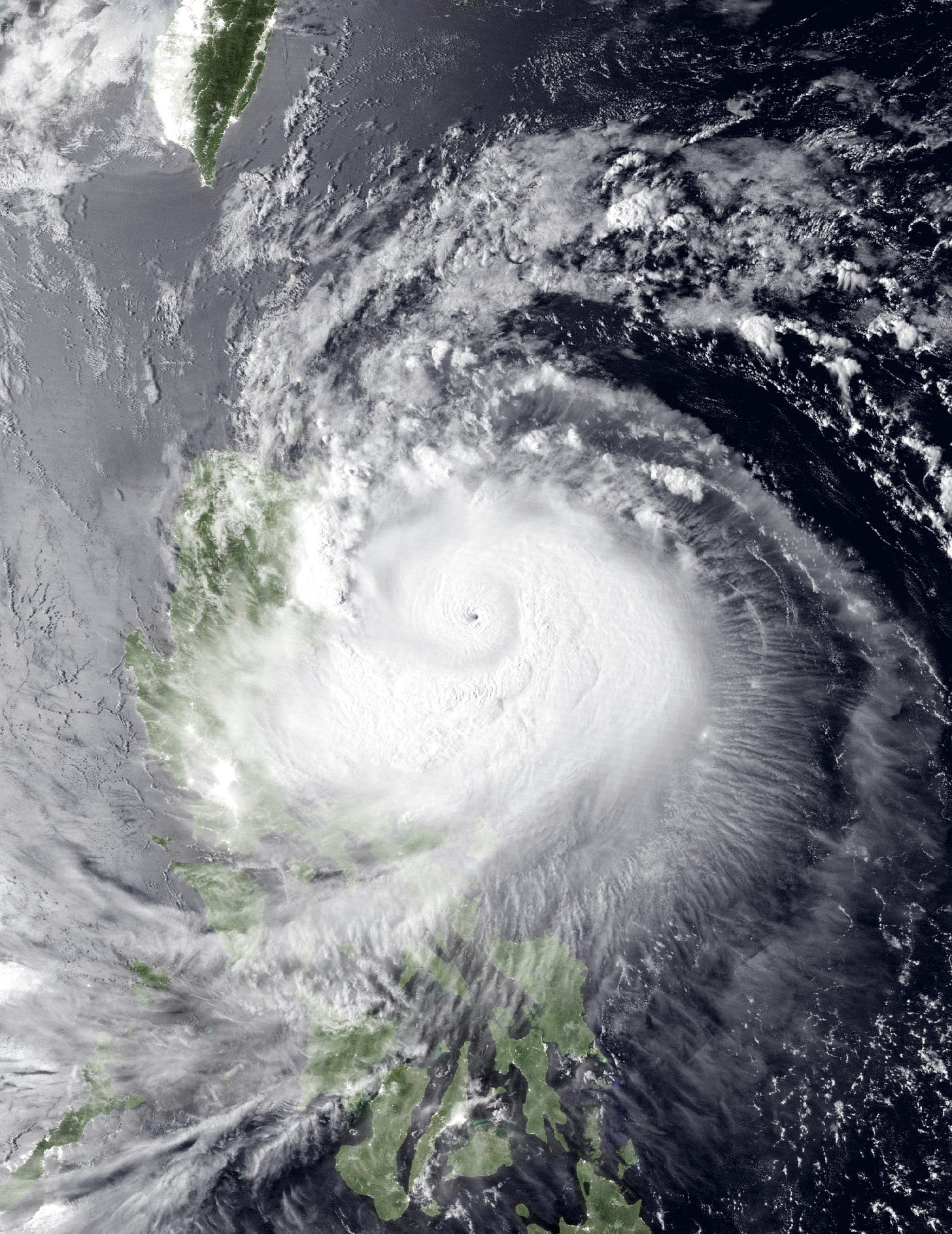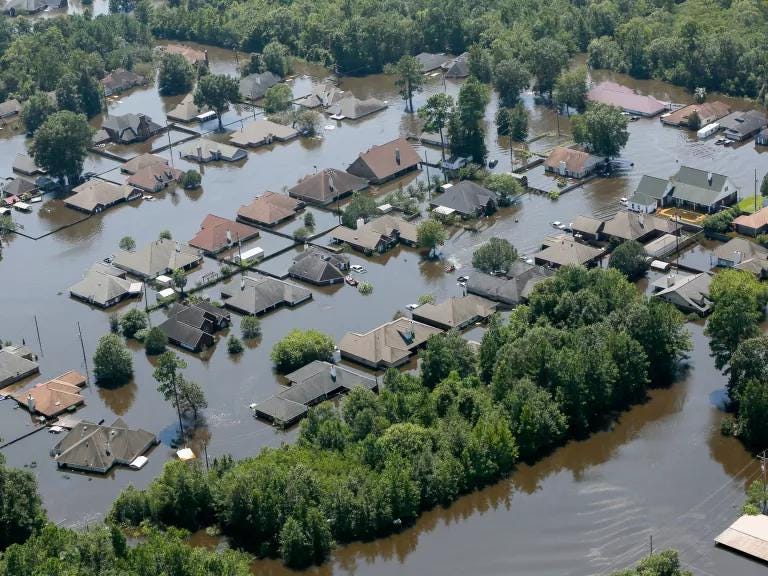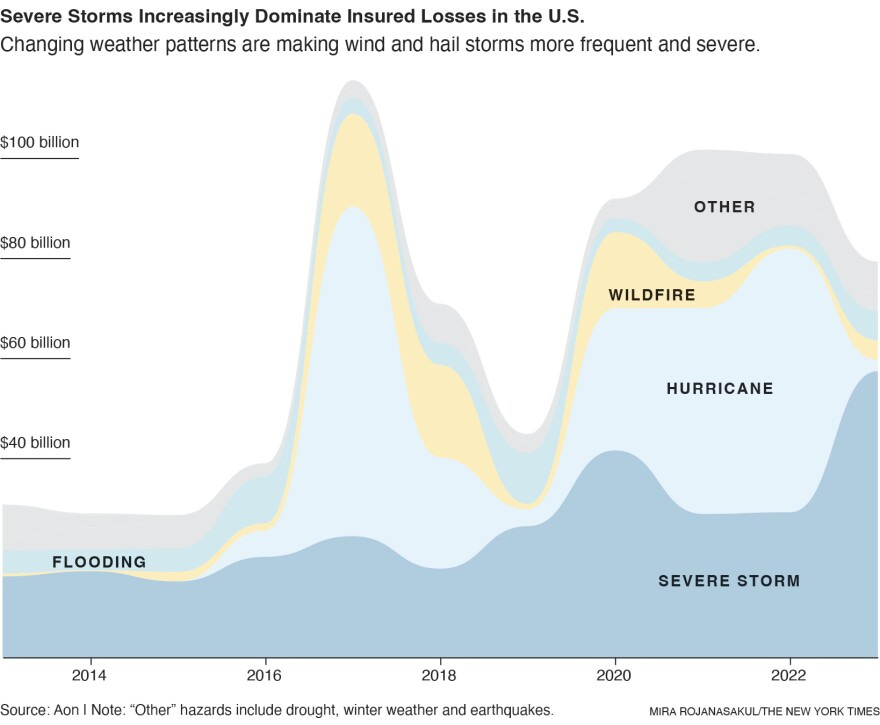Overview
Since their emergence around 360 million years ago, seeds have survived at least five major glacial periods, including the most recent cycles of the Pleistocene Ice Ages. Their resilience highlights their evolutionary success, making them one of nature's most enduring innovations—a trait we continue to rely on for food and ecological stability today.
That’s the good news, now let’s dig a bit deeper into seeds, climate and weather.
Several in-depth studies have examined the potential impacts of climate change on global seed supplies, focusing on seed physiology, production, quality, and the broader implications for food security.
Impact on Seed Physiology and Quality
Climate change affects seed physiology by altering environmental conditions essential for seed development and germination. Factors such as increased temperatures, altered precipitation patterns, and elevated CO₂ levels can impair seed quality, reduce germination rates, and hinder seedling establishment. For instance, temperature stress can decrease seed number and weight, accelerate seed growth rates, and shorten grain filling periods, potentially negating any positive effects of increased CO₂ on seed production.
Effects on Seed Production
The seed industry, a cornerstone of global food security, faces challenges due to climate change. Extreme weather events, such as droughts and floods, disrupt seed production cycles, leading to reduced yields and compromised seed quality. In vegetable seed production, climate-induced stresses can adversely affect plant growth, development, and reproduction, thereby diminishing seed output.
Climate Change Impacts Overall
As of early January 2025, atmospheric carbon dioxide (CO₂) levels have reached approximately 426 parts per million (ppm).
The last time Earth's atmosphere contained this concentration of CO₂ was during the Mid-Pliocene Warm Period, roughly 3 million years ago. During that era, global surface temperatures were about 2.5–4°C (4.5–7.2°F) warmer than pre-industrial levels, and sea levels were significantly higher, ranging from at least 16 feet to possibly as much as 82 feet above present levels.
It is incredibly important that we do not diminish our efforts at adapting to the possible ramifications that these elevated levels could bring. There are concerted efforts by some corporations and governments to deflect us in these regards.
This historical context underscores the unprecedented nature of current CO₂ concentrations in human history and highlights the potential for significant climatic and environmental changes.
Climate-Change consquences’s continue to impact our lives, in 2024 we faced the following major issues.
1. Heatwaves and Record Temperatures
Global Heat Records: 2024 is on track to become Earth's hottest year on record, with average global temperatures exceeding 1.5°C above pre-industrial levels.
South America: Central regions, including parts of Brazil, experienced extreme heat, with temperatures surpassing 41°C in August, despite it being winter in the Southern Hemisphere.
2. Hurricanes and Tropical Storms
In 2024, tropical cyclones formed across various ocean basins, with notable activity in the Atlantic, Pacific, and Indian Oceans. The Atlantic hurricane season was particularly impactful, with several major hurricanes causing significant damage.
Atlantic Basin:
Hurricane Beryl: An early Category 5 hurricane that caused significant damage across the Caribbean and the southern United States in July, resulting in numerous fatalities and widespread destruction.
Hurricane Helene: In late September, Helene devastated parts of the southeastern United States, particularly North Carolina, leading to severe flooding, landslides, and a substantial death toll.
Hurricane Milton: One of the most intense hurricanes of the season, with a minimum central pressure of 897 hPa, causing widespread damage in the Gulf Coast region.
Pacific Basin:
Typhoon Yinxing: One of four simultaneously active tropical cyclones in the Western Pacific on November 11, marking the first such occurrence in November since records began in 1951.
Typhoon Toraji: Part of the unprecedented simultaneous activity in the Western Pacific, contributing to significant weather events in the region.
Typhoon Usagi: Another of the four concurrent typhoons in November, impacting parts of East Asia with heavy rains and strong winds.
Typhoon Man-yi: The fourth typhoon in the simultaneous November event, affecting maritime activities and coastal regions in the Western Pacific.
Indian Ocean Basin:
Cyclone Fengal: A significant system in the North Indian Ocean, contributing to the regional cyclone activity in 2024.
Cyclone Robyn: Another notable cyclone in the Indian Ocean, impacting coastal areas with heavy rainfall and strong winds.
2. Tornadoes
The United States experienced a near-record number of tornadoes in 2024, with significant outbreaks causing considerable damage and loss of life.
April 26 Outbreak: The most active day for tornado reports, with over 100 tornadoes occurring across multiple states, leading to widespread destruction and numerous casualties.
December 28 Outbreak: A severe weather system produced approximately 90 tornadoes across the Southeastern United States, resulting in fatalities and extensive property damage.
Ohio's Record Year: The state of Ohio recorded 74 tornadoes in 2024, surpassing its previous record of 62 set in 1992, marking it as the most active tornado year for the state.
These events highlight the increasing frequency and intensity of severe weather phenomena, underscoring the importance of preparedness and resilience in the face of climate change.
Spain Floods: In late October, southeastern Spain faced catastrophic flooding due to a "cold drop" phenomenon, intensified by the warming Mediterranean Sea. Nearly 100 people lost their lives.
Afghanistan–Pakistan Floods: Between March and September, severe flooding in these regions resulted in over 1,000 fatalities, displacing thousands and causing extensive infrastructure damage.
4. Droughts
Amazon Drought: The Amazon Basin experienced one of its worst droughts on record, leading to dried-up riverbeds, disrupted ecosystems, and increased wildfire activity.
Southern Africa: Nations like Zambia, Malawi, and Zimbabwe declared states of disaster due to severe drought conditions, impacting agriculture and water supplies for millions.
5. Wildfires
South America: High temperatures and prolonged drought conditions sparked wildfires across Peru, Bolivia, and Ecuador, leading to habitat destruction and air quality issues.
Australia: The country faced an early and intense wildfire season, with significant fires in the Northern Territory, Queensland, and New South Wales, exacerbated by dry conditions linked to the ongoing El Niño event.
6. Economic Impact
Global Insured Losses: Natural catastrophes in 2024 resulted in insured losses exceeding $135 billion worldwide, marking the fifth consecutive year with losses surpassing $100 billion. The United States accounted for two-thirds of these losses, notably from Hurricanes Helene and Milton.
Insurance Industry Impacts
The increasing frequency and severity of climate-related disasters in 2024 have significantly impacted the insurance industry, leading to notable financial strains and operational challenges. Key developments include:
Climate change is significantly impacting the insurance landscape for food crops and seeds, leading to increased costs and challenges for farmers and insurers alike. Key developments include:
1. Rising Insurance Costs Due to Climate Change
Increased Payouts: A Stanford University study found that higher temperatures attributed to climate change caused payouts from the U.S. crop insurance program to increase by $27 billion between 1991 and 2017, accounting for just over 19% of the $140 billion total.
Projected Premium Hikes: Research indicates that crop prices could increase significantly by 2080 due to climate change, potentially causing serious implications for the affordability and availability of crop insurance if it becomes too cost prohibitive without additional government intervention.
2. Challenges in Insurance Accessibility
Coverage Gaps: Extreme heat waves in the U.S. are causing significant annual damage, estimated to run into tens of billions of dollars, which standard insurance policies do not typically cover.
Disincentives for Climate Adaptation: Some studies suggest that crop insurance may serve as a disincentive for farmers to adopt climate change mitigation measures on their croplands, as insurance coverage might reduce the perceived need for such adaptations.
3. Global Initiatives to Enhance Climate Resilience
Innovative Insurance Solutions: Organizations like Pula are helping smallholder farmers across Africa, Asia, and Latin America mitigate the financial risks of climate change by providing insurance payouts, which have exceeded $120 million, aiding faster recovery for farmers.
Policy Proposals: The European Central Bank has proposed policies to increase coverage of insurance against climate catastrophes in Europe, suggesting the creation of a public-private reinsurance system at the EU level to address the protection gap.
4. Implications for Farmers and Food Security
Financial Strain: The increasing frequency and severity of climate-related disasters are leading to higher insurance premiums and reduced availability of coverage, placing additional financial strain on farmers.
Adaptation Strategies: There is a growing need for integrating insurance with climate-smart technologies, such as drought- and flood-tolerant seeds, to enhance resilience and ensure food security.
In summary, climate change is exacerbating risks for food crop and seed production, leading to increased insurance costs and challenges in coverage accessibility. Addressing these issues requires a combination of innovative insurance solutions, policy interventions, and the adoption of climate-resilient agricultural practices.
The Impermanence of (perceived) Permanence.
In our introduction we cited the fact that seeds have survived major climactic shifts over, literally hundreds of thousands of years, including several Ice Ages. So how can it be that current climate change effects seem so detrimentally impactful to our food supplies? In one phrase, our Industrialized Food System(s) which are almost 100% dependent on complete predictability. There are many examples of this here in the USA; in fact, we recently created this piece about California’s Central Valley. Which still supplies 50% of our fresh food supplies, 80% of our Winter fresh food supplies and almost 100% of the entire World’s almond supplies. This part of California is facing ongoing droughts interspersed with occasional deluges of precipitation. As a reflection point, the total human population of California’s Central Valley is estimated at 4,993,148 as of 2020, the US total population is just over 341 Million. Why are we growing so much food so far away from the people who eat it? That in a nutshell is the heart of the problem, we need to grow food much closer to where we eat it and get used to seasonal foods (again).
The greatest news of all is that seeds are exponential and abundant, this Winter Squash, pictured above, yielded 314 seeds along with food for 11 people. So let’s grow plants together, close-by and keep on saving seeds and strengthen our adaptability to climate change effects.
Thanks as always for reading this article and for your ongoing support










Excellent article Mike, source citations much appreciated. I would add that the incidents mentioned are only a few among many other notable and unprecedented flood and other displacement events in this country and globally.